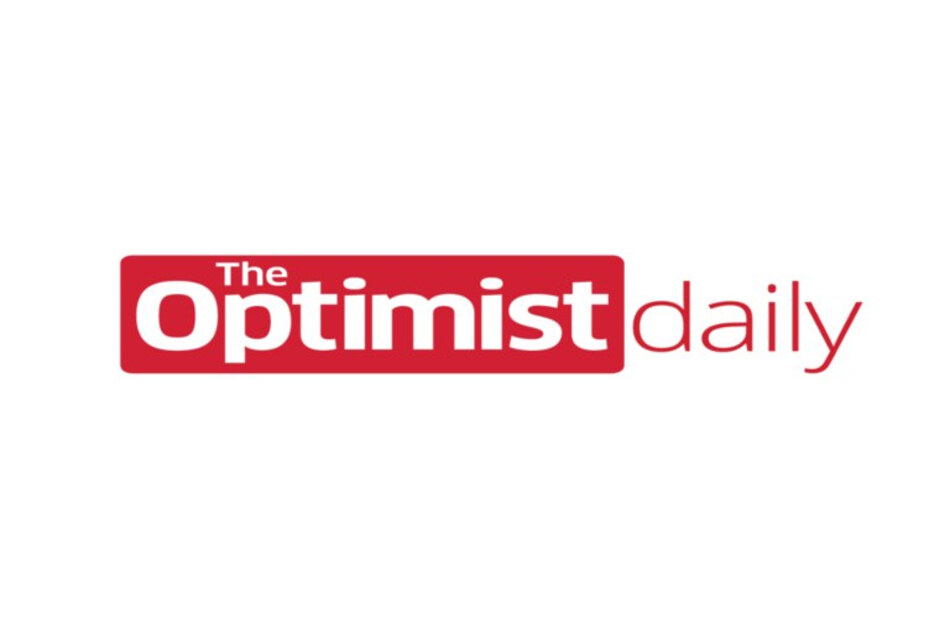Navigating your way into climate activism isn’t always easy. Having good examples to look up to, inspire you, and teach you as you start or continue your climate action journey is a huge asset, but they’re not always easy to find. Luckily, a mentor in the traditional sense of the word isn’t always necessary. As long as you’re intentional and open-minded about learning, engaging, and understanding the concerns surrounding climate change and possible solutions, then you can find mentorship from a variety of sources and people.
Here are some unexpected places you might be inspired to become a better steward for the environment.
Your local community
Environmental justice leader Beverly Wright pioneered the “communiversity” movement, which makes academic institutions and communities equal partners in forming solutions to environmental racism and other systemic injustices. Fostering collaboration between academics and local groups is a response to environmental researchers who tend to come to communities, collect data, and then leave once the funds run dry.
“Developing this approach that we call ‘communiversity’ led to many, many successes and unbelievable trust among communities,” she tells Grist.
A favorite TV show
Sometimes, we find that pop culture presents stories that are woven with really meaningful, pertinent messages. For instance, the group behind an online rally in opposition to the Line 3 pipeline was actually brought together by their appreciation for the Nickelodeon animated TV show Avatar: The Last Airbender. The plot revolves around a fitting representation of Indigenous cultures, and brought topics like genocide, colonialism, and feminism to the fore. “It teaches us how to be better people, to each other and as stewards of the land, just like our Native stories,” Lee Francis IV, founder of Indigenous Comic Con, explains.
Plant life
Plant parents will probably agree that we can learn a lot from our plants. Plant biologist Dr. Beronda Montgomery notes that many gardeners will “have seen a plant bend toward a window in our home, or if they lose a limb, other limbs emerge. They’re able to reorient themselves. Humans just pick up and move.”
Humans can learn important lessons about being adaptable, balanced, and living in a reciprocal way instead of only taking and consuming—all of which are incredibly relevant to this era of rapid climate change.
The Indigenous community whose land you live on
If you live in the United States, you most likely live on the ancestral land of Indigenous peoples. “Tribal and Native communities have stewarded these lands since time immemorial,” declares White House Council on Environmental Quality Chair Brenda Mallory. “Their voices and their expertise are critical to finding solutions to address the climate crisis.”
Indigenous rites and practices are traditionally passed down orally and by example by elders in the community. Now, Native people are reclaiming their traditions and passing them down in unorthodox ways to better the chances that these traditions will be preserved.
“The more that we can document and share that information now in ways where people will actually use it and connect with it, the more changes and resurgence of knowledge we can really cultivate,” says Mariah Gladstone, the woman behind the Indigikitchen project that collects recipes from elders and knowledge keepers across the nation.
The next generation
The young activists of Gen Z take the climate crisis personally, and rightfully so. “We’re quite literally fighting to survive,” says TikTok activist Alex Silva. “We’re just making it clear that this is the kind of future we want, these are the leaders we want.”
The youngest people today are the ones who will bear the brunt of the consequences of climate change, and they are consistently showing us that they can and will meet the challenge—but they need the support of older generations who currently hold decision-making power. “Our goal includes being catalysts for change,” Silva adds. “I think it sends a great message to older generations saying, ‘We’re doing the work.’”











